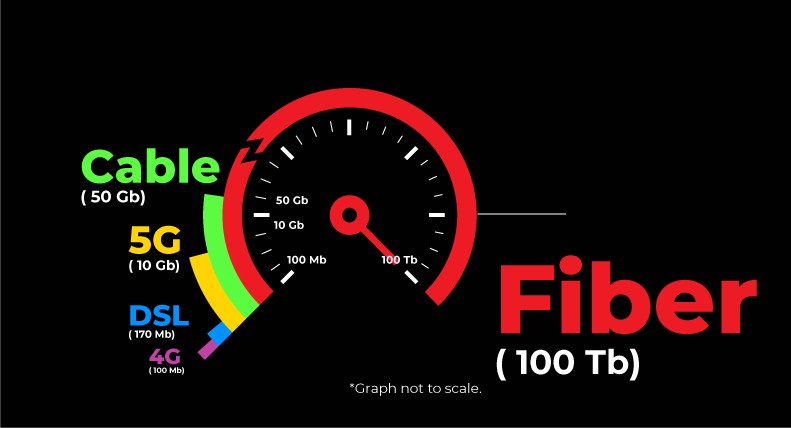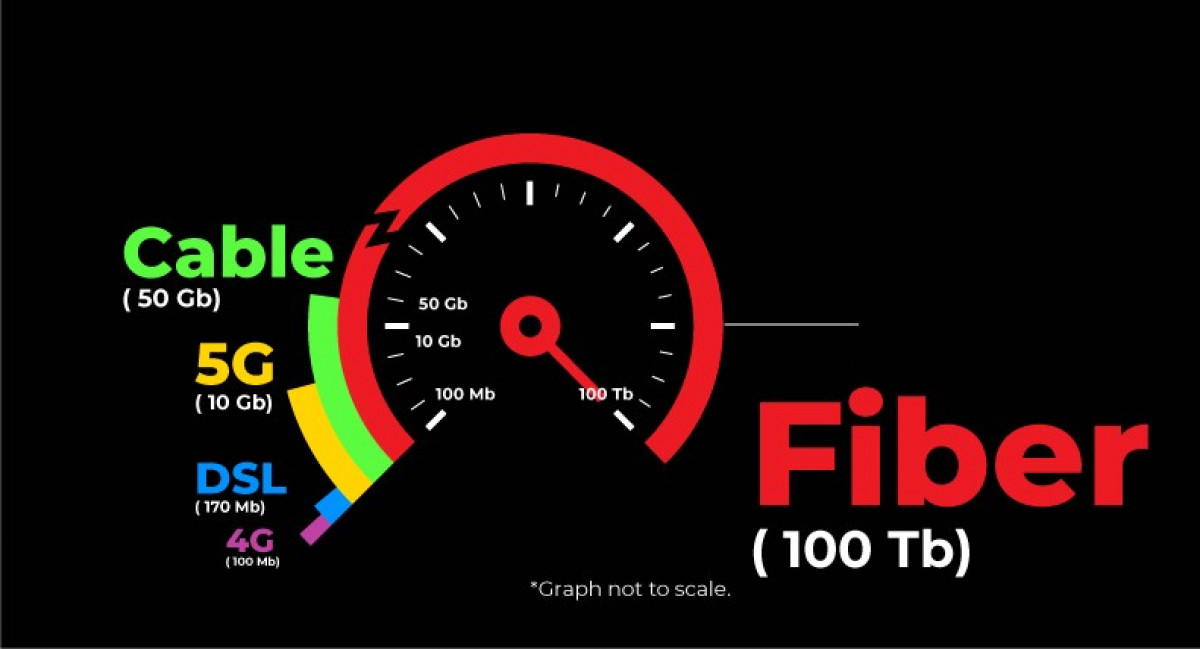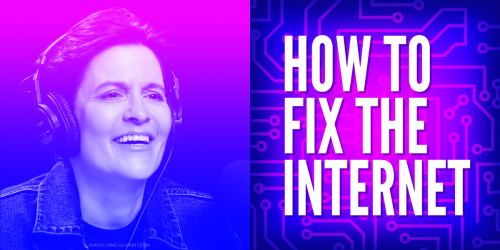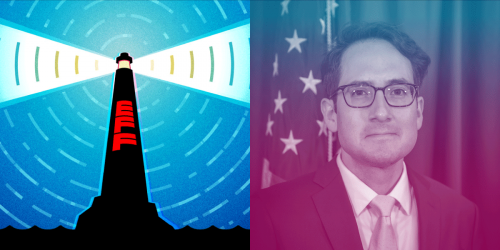A universal fiber network that was completed years ago. Millions of 5G users. Some of the world’s fastest and cheapest broadband connections. South Korea has all of these, while other nations that have the same resources lag behind. How did South Korea become a global leader in the first place? EFF did a deep dive into this question and has produced the following report. The key takeaway: government policies that focus on expanding access to telecommunications infrastructure were essential to success.
Decades of Policy Efforts Are to Credit for South Korea’s Rise
Following the Korean War, a string of major efforts in the 1970s and 1980s rebuilt the nation’s infrastructure. Telecommunications received a special emphasis because the nation still lacked a universal telephone system. Recognizing the need to develop technology to expedite the rollout of its telecom sector, the government of Korea invested nearly one percent of its GDP (60 million U.S. dollars) in research and development of electronic switching devices, eventually leading to the launch of the TDX electronic switching device. Just two years after the launch of the TDX in 1985, the nation reached universal status in telecommunications. This was after only having one in three South Koreans connected just seven years prior.
Shortly after the universal telecom network was built, the government launched the National Basic Information System (NBIS) to computerize government services. Local governments used computers operating on Unix to provide access to public services to their citizens as a means to drive adoption. The government also focused on deploying national computer networks, IT applications, and systems that helped transition various industries, education, and research institutions to utilize newly built data networks.
By the 1990s, the Korean government wished to expand on the NBIS with a new Korean Information Infrastructure Government program. One of the goals of the new infrastructure program was the transition of copper lines to fiber between public institutions and buildings. With an initial investment of 620 million US dollars, this eventually resulted in the establishment of networks with speeds of 155 Mbps in dozens of major cities.
As the country entered the 2000s, it repeatedly set new national goals with metrics, analyzed the market barriers, and then developed and implemented policies designed to foster competition and deployment. This included changes in law such as the passage of the Monopoly Regulation and Fair Trade Act, which established rules that barred unfair practices and prohibited unreasonable rates for access to fiber lines. The law also restrained corporate concentration in the telecom sector by restraining mergers and acquisitions and the overall market share any one company was allowed to hold. Such changes shifted the telecom market from a duopoly in 1999 to a more competitive market of four companies in just two years. In just a handful of years, South Korea had effectively reached universal fiber access.
Infrastructure Policy Continues to Remain Critical to South Korea’s Broadband Leadership in 5G Today
Universal fiber network access, where nearly every citizen had access to high-speed broadband, has existed in South Korea for years now. In comparison, the United States is between 20 percent to 30 percent fiber to the home infrastructure. Such an infrastructure, per EFF’s analysis, is capable of being upgraded at low costs to substantially higher speeds for decades to come. This infrastructure has also allowed South Korea to leapfrog ahead of the United States on 5G: in just a handful of months, South Korea’s telecom sector signed up 4 million 5G subscribers and counting.
What led to this rapid deployment of their 5G wireless network? New infrastructure sharing policies explicitly designed to reduce the cost of deployment and ensure that wireless competitors operated on an equal playing field. By ensuring every wireless company was allowed to access fiber infrastructure at fair and reasonable rates, they were guaranteed that they had fiber capacity available to connect their 5G towers anywhere in the country. This was despite opposition from the largest incumbent telecom carrier, which undoubtedly held an advantage over its competitors in 5G by already having the largest infrastructure. But rather than listen to the self-serving arguments of the largest corporation in the telecom sector, policymakers moved forward with a policy that is estimated to reduce deployment costs by $1 billion and the success that has followed in the form of 5G deployment is fairly undeniable.
The United States Can Learn a Lot from the Policy Efforts of South Korea
There are no good reasons why major cities in the United States are not as connected as Seoul. We share many of the same characteristics in terms of population density, income, and geography. But the future of high-speed broadband access in the United States does not look good for many Americans. Rural Americans and low-income Americans generally share the same problem of cable monopolies or no choices at all for high-speed access in excess of 100 Mbps because there has been an absence of competition and access policies for more than a decade in favor of hoping the market would solve it on its own. But what South Korea’s history should teach us is policy is always relevant to ensuring a healthy competitive market.
Today, the burden of competing with massive cable companies in the United States has been placed exclusively on small local governments and small private ISPs, and while they are making progress despite all the challenges, we are a long ways away from universally accessible fiber that would produce a universally accessible 5G network. But a fundamental rethinking of broadband as an infrastructure challenge, and approaching it with policies designed to promote universality, can remedy the situation. It was not that long ago that U.S. policy makers regularly addressed problems in the telecom market to stimulate competition and access, and many of the lessons we’ve learned from addressing telecom monopolies apply to broadband monopolies today. But whether we begin to treat broadband access as an essential service requiring targeted regulation to ensure universal, affordable, and competitive access remains to be seen.













